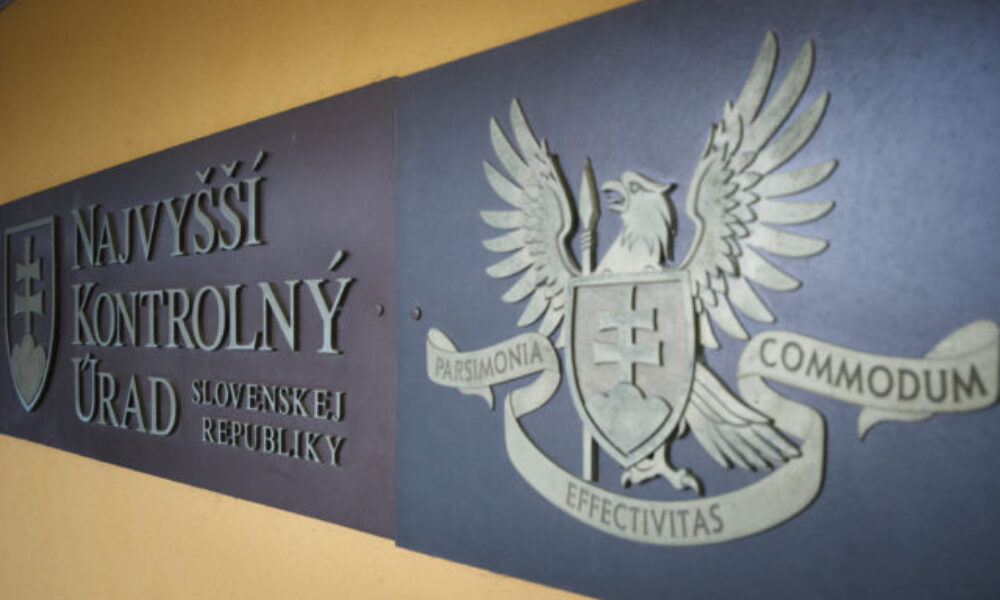
As India prepares to assume the BRICS presidency in 2026, the spotlight turns to how this leadership will reshape business collaboration across member nations. We sat down with Akashdeep Singh, a prominent entrepreneur in the textile industry and head of the Indian Business Council in Russia, to discuss the opportunities and challenges ahead.
While India and Russia have long enjoyed strong cultural ties, the business relationship is entering a new and dynamic phase. “The trade between India and Russia has increased manyfold,” Singh explains. “Not only from the Russian side because of oil and gas, but also from the Indian side. We see a lot of industries, new industries, new businesses coming, which is great news.”
However, challenges remain. Language barriers persist as the first hurdle, with Indians primarily English-speaking and many Russians more comfortable in their native language. More significantly, logistics hubs and payment systems need further development to facilitate smoother trade.
One of the most pressing issues is financial infrastructure. While the rupee-ruble trade is in place, the integration of payment systems like India’s UPI and Russia’s MIR card remains a work in progress. “UPI has one of the largest, not one of the largest, it is the largest system for transactions happening every day in the world,” Singh notes. “The ethos of both systems is the same. We want a quick, cheaper system of payment and transactions.”
India’s upcoming chairmanship of BRICS presents unique opportunities. The country’s economic growth story offers valuable lessons for other member nations, particularly in developing resilient small and medium enterprises (SMEs).
“If you look at the Indian economic powerhouse, which it has become today, it’s a lot due to a lot of small, medium enterprises, which could take the shock that happened all over the world,” Singh emphasizes.
Key areas where India will likely focus include:
-
SME Development: Sharing expertise in building resilient small and medium enterprises
-
Green Energy: Advancing clean energy initiatives
-
Manufacturing: Positioning as the next manufacturing giant
-
IT and Digitalization: Leveraging India’s technological backbone
-
Cost-Effective Innovation: The Chandrayaan moon mission exemplifies India’s ability to achieve remarkable results efficiently—for the same cost as a Hollywood film
Singh sees BRICS as more than a political alliance. “We are talking about a few most populous countries in the world. We are talking about economies that are growing phenomenally. We are talking about a new world order where people get to speak, talk, and work on equal terms.”
The diversity within BRICS—spanning different climates, economies, and political systems—creates opportunities for mutual learning. “It’s much tougher to evolve and understand things when you’re living with similar people,” Singh observes. “You tend to learn less when you are with people who are exactly like you.”
Drawing from India’s experience as “27, 28 countries in one,” with diverse languages, cultures, and traditions, Singh emphasizes the importance of cultural exchange. India’s soft power, exemplified by Bollywood, demonstrates how cultural connections can bind diverse populations while creating a unified national identity.
“People-to-people connections are always going to be the most important ones, more so because we are moving into the era of AI,” he reflects. “A touch, a feeling, a gaze is going to make much, much more difference in lives than just plain and simple numbers and figures.”
For young entrepreneurs looking to engage with BRICS markets, Singh offers straightforward guidance:
-
Embrace openness: “First of all, we should all start to understand that overall, all of us have the same things inside us. If you look at it even scientifically, 99.9% of our DNA is the same.”
-
Travel more: Exposure to different cultures builds understanding and breaks down barriers
-
Avoid judgment: “Do not be afraid or judgmental of something different than you.”
-
Collaborate: “The world has to have more collaborations. You cannot today say that if my neighbor is in trouble… I can just ignore it.”
Looking ahead to India’s presidency, the Indian Business Council is expanding its reach beyond Russia to serve all BRICS nations. Planned initiatives include:
-
Opening membership to entrepreneurs from all BRICS countries
-
Launching BRICS Business Awards
-
Providing guidance to businesses looking to enter the Russian market
-
Leveraging decades of entrepreneurial experience in Russia
“Our entrepreneurs have been here for the last 15, 20, 30 years. And I’m sure we can add a perspective to how to work in Russia as an organization,” Singh explains. The council welcomes businesses from all countries seeking legitimate opportunities in Russia, embodying the Indian ethos of helping others whenever possible.
As BRICS expands with nations like Indonesia joining BRICS Plus, the alliance represents massive markets for both consumption and production. With young, dynamic populations across member countries, the potential for innovation and growth is substantial.
“This is an extremely intelligent idea. I think it’s an extremely ambitious, but intelligent idea,” Singh concludes. “It makes a lot of sense economically. It makes a lot of sense in making the world a much safer, economically mature place.”
India’s 2026 BRICS presidency promises to be a pivotal moment for deepening business collaboration across emerging economies—building not just trade relationships, but lasting bridges between people and cultures.
For more information about joining the Indian Business Council or exploring business opportunities within BRICS nations, entrepreneurs are encouraged to reach out directly.
Join the Conversation:
📌 Subscribe to Think BRICS for weekly geopolitical video analysis beyond Western narratives










